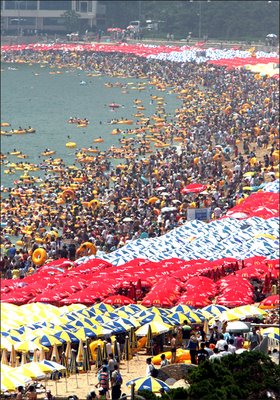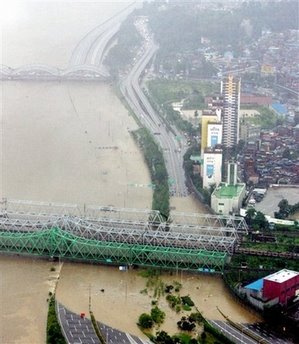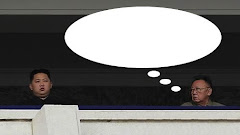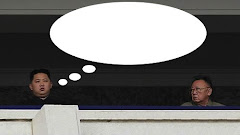
Sure, people on other blogs are wondering where all those people go to the bathroom (actually, there are a number of public restrooms there, adequate for the thousands who usually go there, though perhaps not enough for this many people), but my first thought was how deafening it must what with all the lifeguards blowing their whistles at people to stay behind the safety rope.
Orange County beaches get crowded, but virtually never as crowded as this. It may be because we have so many of them: forty-plus miles of seaside for three million people (plus the odd Ryan-esque surf-seeker from Chino). On the other hand, Pusan has millions of people and mere strips of usable beach.
The tragedy of Korea (well, one tragedy, anyway) is that there are so many hundreds of kilometers of beautiful beach that are off-limits to the public due to military concerns. Along the east coast and the southern islands, for example, there are waters along turquoise beaches clear enough to search out clams in the sand below and dig them up (this is what we did last year).
Maybe someday, when the North Korean military threat is no more. For now, most South Korean beaches are cordoned off with barbed wire and patrolled by armed soldiers walking along fences with rocks placed in the holes as a crude indicator of infiltrators.
Maybe the nearby Japanese island of Tsushima (Taemado in Korean) should start marketing some of their beaches; it's just a two-hour boat ride off Pusan.
[Stupid Romanization note: Haeundae in the new system could be 해운대 or 하은대.] Sphere: Related Content



















